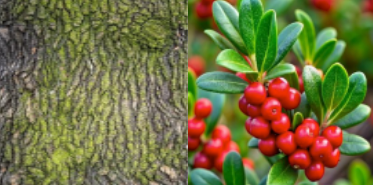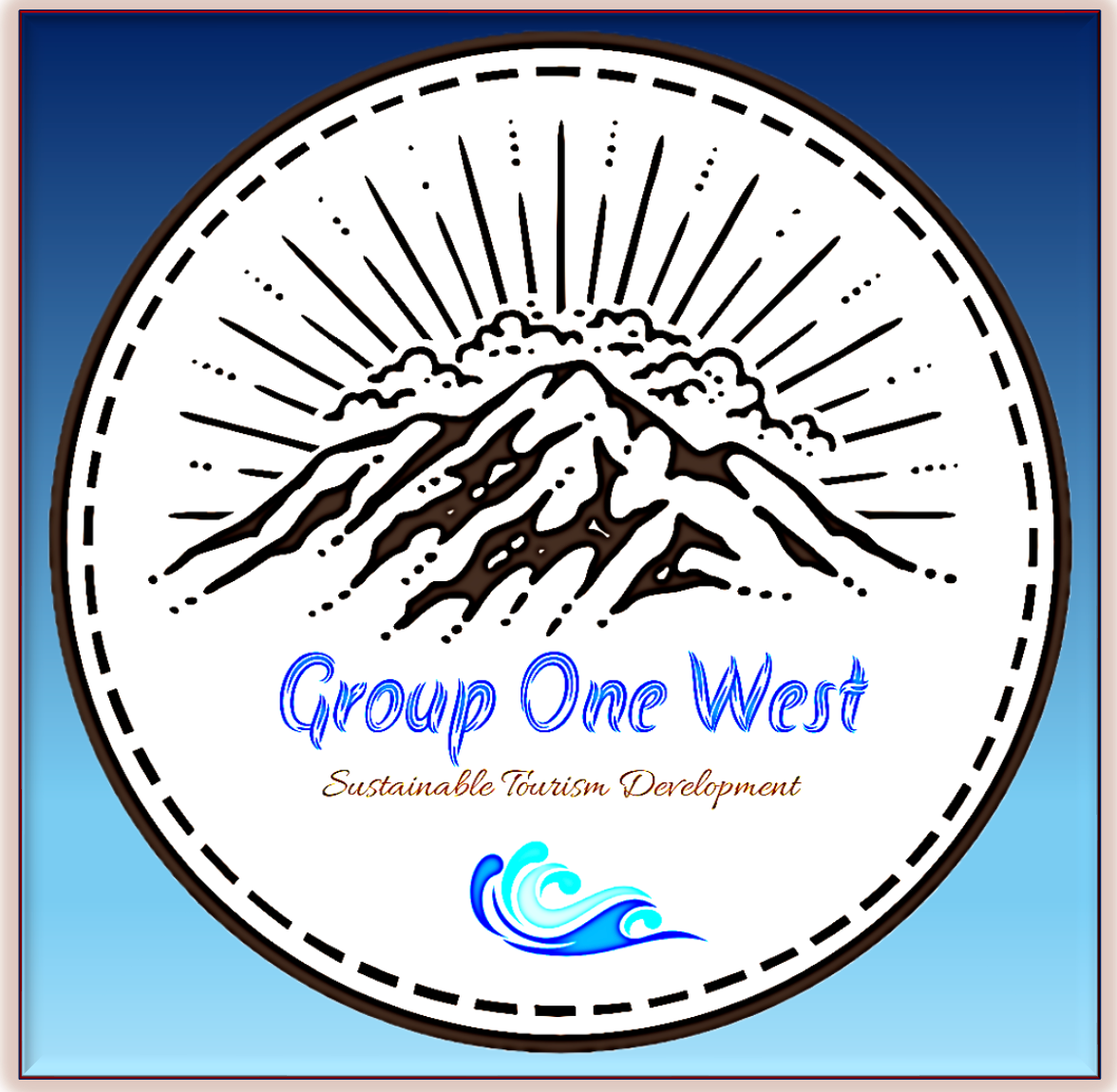Rooted Futures: How Indigenous Stewardship Became the Quiet Engine of Modern Climate Action
SAM KIRSCH
22.05.2025
Prologue: A Shift in the Weather
I once believed weather came from satellites, seasons from a four-colour classroom poster, and environmental breakthroughs from gleaming modern labs. That illusion shattered in 2006, on a breezy dock in Port Hardy, British Columbia, at the northern tip of Vancouver Island. That’s when I met Professor William MeGill. He was there to log rising sea-surface temperatures, shifting currents, and the pollution suffocating marine life—and, by extension, global climate stability.
Between ocean runs, he spoke of something deeper: coastal First Nations had long practised a reciprocity that gave back more than it took. That’s when I became captivated by their attunement to tides, cedar moss, salmon runs, and lunar cycles, forming a living science, older than barometers, yet often more exact in place and time. That conversation rewired my view of climate knowledge. A few years later, I began learning about how important Indigenous insights are that now underpin a surprising share of mainstream mitigation strategies: low-intensity cultural burns that blunt megafires, clam-garden terraces that store “blue” carbon, and lunar phenologies that fine-tune greenhouse-gas models.
The article that follows is not nostalgia; it is a call to recognise the intellectual foundations Indigenous Peoples laid for the climate solutions now entering policy and markets. Much of the guidance we need has been carried by Elders, encoded in stories, place names, and seasonal cues that Western science is finally learning to translate.
The Calendar Hidden in the Cedar

When winter at last loosens its grip on the Pacific Northwest, a shimmer of bright-green moss races up cedar trunks. When most of us scroll weather apps, Coast Salish Elders simply look up. ƛ̓éxʷ sx̌éləc—“the moss is talking,” they say. That subtle flush of moisture signals the approach of a warm atmospheric river, a surge now tracked by meteorological satellites. Long before algorithms, cedar moss was a data logger, heralding the Second Salmon Moon and cueing communities to mend reef-net gear.
Climate research today calls this place-based record phenology, systematically noting the timing of blooms, migrations, and hydrological shifts. Phenological shifts rank among the most sensitive indicators of a warming planet, and Indigenous archives extend those records back centuries. In northern Alberta, Cree families track Sâwipipon (“break-up time”) the instant river ice moans and splinters downstream; only then does Mînipîsim (“berry moon”) begin. Climate modellers now use identical thresholds—first river break-up, earliest full blossom—to refine regional warming projections with remarkable precision.
The cedar moss is only one page in a global ledger of Indigenous climate intelligence. Inuit monitor siku ajurak, the grey-blue melt tone of thinning sea ice an albedo shift satellites can see but rarely predict. Māori farmers in Aotearoa gauge soil readiness from
Matariki, the Pleiades constellation’s first dawn appearance. Each cue, verified through generations of trial and dialogue, expands the temporal reach of climate baselines beyond the 19th-century invention of thermometers.
More Than Four Seasons
Western calendars carve the year into four blunt quarters, but Indigenous temporal systems unravel it into finer threads—six, eight, even thirteen thin seasons, each triggered by an ecological event rather than a fixed date. On the Northwest Coast, the First Herring Moon, Camas Bloom Moon, or Dog Salmon Moon arrive when the events do, not when a calendar says they should.
Such elasticity is more than poetic. By tracking ecological events rather than calendar dates, these calendars offer
moving baselines—early-warning signals for ecosystem stress. A herring run that slips from March into February, or a camas bloom that fails to appear altogether, tells Elders the climate ledger is tilting. Scientists now cross-reference those shifts with instrumental data to sharpen regional climate models. In Alaska, for instance, Tlingit Elders’ records of yellow-cedar die-back helped dendroclimatologists correlate warming soil temperatures with root mortality, refining projections of forest-carbon feedback.
Old Flames, New Frontlines
If phenology tracks climate trends, fire stewardship meets them head-on. Headline writers warn of a new age of megafires, yet Indigenous knowledge keepers point out that cultural burns once combed North America, thinning underbrush, recycling nutrients, and shaping habitat mosaics that limit wildfire spread.
In partnership with Yurok and Secwépemc fire crews, fire ecologists have documented how low intensity cultural burns can cut subsequent wildfire emissions by more than half. Flames kept low to the ground remove ladder fuels without torching the canopy, promoting the regrowth of fire-adapted plants like camas and huckleberry—species critical to food security for humans and wildlife alike. Satellite imagery now shows that landscapes managed with cultural burns act as natural firebreaks, safeguarding both carbon stocks and species diversity in hotter, drier years.
Several jurisdictions are taking note. California’s 2022 Climate Scoping Plan formally embeds Tribal fire regimes into state mitigation targets, citing evidence that prescribed cultural burning reduces PM₂.₅ emissions and prevents gigatonnes of CO₂ release. In Canada, Parks agencies co-create burn plans with First Nations, aligning carbon-credit frameworks with cultural objectives. The result is a mitigation strategy that is simultaneously climate-positive, biodiversity-friendly, and culturally restorative.

Salmon, Seaweed, and the First Blue-Carbon Economy
Shifting from flame to tide, the Pacific Coast offers a different lesson in carbon ingenuity. Archaeologists have mapped more than 4,000 clam gardens—rock-terraced intertidal flats engineered by Coast Salish Peoples beginning at least 3,000 years ago. By widening the tidal flat and calming wave energy, the terraces both boost clam biomass and foster eelgrass and kelp— vegetation that sequesters carbon up to 35 times faster than tropical forests.
Marine ecologists from Simon Fraser University estimate that restoring just 10 percent of historical clam gardens along British Columbia could lock away 1.2 million t CO₂ per year— equivalent to taking a quarter-million cars off the road.⁵ These numbers place ancient mariculture in direct conversation with contemporary “blue-carbon” finance, where coastal ecosystems are monetized for their carbon-capture credentials.
Nor is the ingenuity limited to shellfish. Up and down the coast, First Nations constructed stone fish traps, seaweed farms, and tide-flat compost systems that cycled nutrients and carbon with striking efficiency. Today’s kelp-farming startups pitch similar designs as disruptive technology, often unaware they echo millennia-old Indigenous infrastructure. Recognizing that lineage is not just ethical; it can inform site selection, hydrodynamic modelling, and even kelp-varietal choice—saving investors and ecosystems costly missteps.
Biochar, Forest Resilience, and the Carbon-Negative Soil
Traditional Haida silviculture paired selective cedar harvests with low-flame limb burns in forest clearings, creating nutrient-rich “nitrogen baths” for new saplings. Soil cores from those legacy groves reveal high biochar concentrations—micro-porous charcoal that locks carbon for centuries while enhancing water retention and microbiome diversity. Modern biochar reactors attempt to replicate this, but Indigenous forestry embedded it seamlessly into harvest rituals.
Today’s carbon-negative agriculture movement relies heavily on biochar as a soil amendment that both stores carbon and boosts yields. Yet few industry white papers credit Indigenous precedents, from the “dark earth” of Amazonia to these Pacific temperate forests. By studying traditional burn temperatures, feedstock choices, and soil-microbe dynamics, agronomists could refine kiln designs and field protocols, translating ancestral efficacy into contemporary practice.

Ice-Edge Universities and Mountain Academies
While much discourse centres on North America, Indigenous climate acumen is global. In Greenland, Kalaallit hunters read the “wind skin”—microscopic frost patterns on snow—to predict katabatic wind shifts missed by automated stations. In Himalayan communities, Tibetan yak herders classify 56 types of snowfall, knowledge now guiding glaciologists as they model short-term albedo changes affecting Asian water towers., referring to Tibetan plateau and surrounding mountain ranges, which function as a water source for much of Asia.
The movement to formalize such partnership is growing. The University of the Arctic, a consortium of circumpolar colleges, now offers joint degrees that weave Sámi reindeer calendars with cryosphere physics. In New Zealand, Te Whare Wānanga o Awanuiārangi grants doctorates assessed partly by Māori knowledge holders, bridging ancestral sea-level records with LiDAR shoreline scans. Each institution testifies that Indigenous science is not peripheral “outreach” but core curriculum for a warming century.
From Knowledge to Policy
These case studies are not sentimental curiosities; they are live policy pivots. Parks Canada co manages ecological reserves with First Nations, integrating traditional burning and clam-garden restoration into federal adaptation plans. In Australia, the Indigenous Fire Carbon Initiative issues carbon credits for savanna burns grounded in Aboriginal timing. The latest IPCC Assessment dedicates an entire chapter to Indigenous Knowledge Systems, stating they “provide effective, locally appropriate solutions” for mitigation and adaptation.⁶
That recognition reframes cedar moss, clam gardens, and frost patterns from folklore to climate imperatives. Culturally kept indicators—whether Inuit readings of sea-ice flex or Blackfoot timing of buffalo berries—extend and deepen data feeds that scientists rely on to anticipate the planet’s fever spikes.
Principles of Reciprocity
Adopting Indigenous science is not about token inclusion; it is about survival and ethics. Genuine reciprocity rests on three pillars:
- Attribution—Cite communities, languages, and knowledge holders when their indicators inform science or policy.
- Benefit-sharing—Allocate funding, royalties, and governance seats to the communities stewarding the knowledge.
- Self-determination—Ensure Indigenous Peoples lead research that affects their lands, waters, and intellectual property.
Such reciprocity transforms collaboration from extractive to generative. When Haida Guardian Watchmen co-own monitoring stations, or when Karuk fire crews co-author scientific papers, the result is not just better data but stronger stewardship contracts—obligations that outlast electoral cycles and grant terms.
Looking Forward: Technology Meets Tradition
Advanced analytics—AI climate models, quantum sensors, and carbon-capture reactors—will doubtless shape 21st-century mitigation. But their deployment will flounder without the contextual intelligence encoded in Indigenous stewardship. Where should a sensor array be placed? Ask the Sámi snow watchers. How often should a micro-burn cycle repeat? Consult Secwépemc fire calendars. Which estuary can host a sea-grass nursery without harming crab habitat? Coastal First Nations mapped the currents generations ago.
In the climate sphere, technology is a tool, not a compass. Indigenous knowledge offers the orientation: a taxonomy of place, season, and reciprocal obligation that translates planetary thresholds into local action.
Epilogue: Listening for the Next Season
Next time cedar trunks glow electric green after a Pacific rain, pause. That hue is not merely spring knocking; it is a message written in a script the planet has offered since time immemorial—and one First Nations have always read. Climate science’s hardware may reside in orbiting satellites and supercomputers, but its heart still beats in moss, tides, and stories.
By recognizing Indigenous stewardship as a central pillar—not a footnote—climate policy gains a deeper archive, more sophisticated methodologies, and field-tested solutions scaled
precisely to their ecosystems. Appreciation alone won’t solve the crisis, but it is the threshold to genuine partnership and shared survival. The cedar moss is talking; the question is whether we will finally listen.
References
Lantz, T. C., & Turner, N. J. (2003). Traditional Phenological Knowledge of Aboriginal Peoples in British Columbia. Journal of Ethnobiology, 23(2), 263-286.
Turner, N. J., & Berkes, F. (2006). Coming to Understanding: Developing Conservation through Incremental Learning in the Pacific Northwest. Human Ecology, 34(4), 495-513. 3. Kolden, C. A., et al. (2021). Conservation of Earth’s Biodiversity Is Embedded in Indigenous Fire Stewardship. Proceedings of the National Academy of Sciences, 118(32).
Ecology Law Quarterly Currents. (2024). Cultural Burning Can Mitigate Climate Change and Produce Income for Native American Tribes.
Murray, E. (2018). Variation in Carbon Sediment Storage across Salish Sea Eelgrass Habitats. Master’s Thesis, University of Washington.
IPCC. (2022). Sixth Assessment Report, Working Group II, Chapter 18: Indigenous Peoples, Local Communities, and Climate Resilience.
Reimann, L., et al. (2023). Integrating Indigenous Sea-Level Histories with High Resolution Coastal LiDAR. Climate Dynamics, 60(5), 1443-1460.
University of the Arctic. (2024). Circumpolar Indigenous Knowledge Curriculum Framework. White Paper.
Australian Government Clean Energy Regulator. (2023). Savanna Fire Management Methodology.
Simon Fraser University Coastal Science Institute. (2025). Clam Garden Restoration and Blue-Carbon Uptake in Clayoquot Sound. Interim Report.
Follow Us on LinkedIn!
Keep up with our latest news
